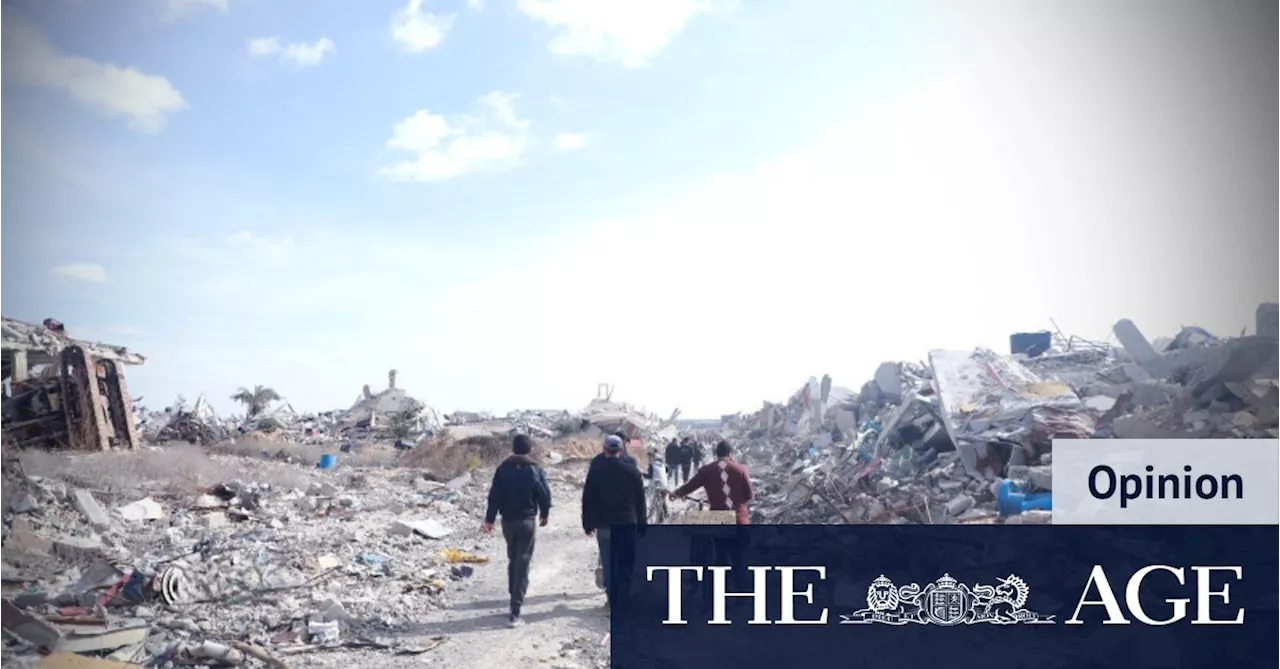This personal account recounts the devastation left by the recent violence in Gaza through the eyes of a woman whose family has been directly impacted. It highlights the immense destruction, the ongoing trauma, and the struggle for survival in a region besieged by conflict.
For more than 15 months, Gaza has endured relentless violence from Israel , its people living in unimaginable terror and grief. Now, as the ceasefire takes hold, my family is left in the eerie silence that follows the bombs, overwhelmed by a fragile sense of relief, yet gripped by uncertainty. The question is not whether the damage can be repaired, but whether the violence will return.
And if it does, will there be anything left to destroy? The photos my cousins, aunts and uncles send show a barely recognizable Gaza. Homes, schools, hospitals, businesses reduced to rubble. My family, scattered across the city’s north and south, has endured horrors I cannot imagine. Those who survived are left with the charred remains of their lives, and face a painful decision: risk returning or wait to see if the ceasefire will hold. My family, including my husband’s relatives, once thrived – they were entrepreneurs, business owners, people who helped others. Now, they’re trying to piece together what’s left of their lives. One relative shared: “People go to see the ruins of their homes and then return to their tents heartbroken. The destruction is beyond us. No camera lens can capture the barbarity.” Despite the trauma, my family has chosen to return and see what is left. For some, the houses are uninhabitable, forcing them to move back to makeshift tents that offer little protection against the winter chills. Others whose homes are still partially standing clear rubble to create a semblance of shelter. Rumors of caravans for the displaced offer faint hope. According to the UN, at least – or about 90 per cent of the population – across the Gaza Strip are internally displaced. Such efforts feel like a drop in the ocean. Even hope of shelter is clouded by the destruction of Gaza’s infrastructure – water pipes, electricity, medical facilities, all obliterated. The basic necessities for life are gone. Amid this destruction is another urgent task: locating missing family members and burying those who have been killed. One of my husband’s relatives had to be buried on the grounds of their home because it was too dangerous to leave. This was their reality. When I speak with family, their exhaustion is palpable. The ceasefire offers a pause, but not relief from grief, confusion or dread. Some are still digging for the bodies of loved ones who have been missing for months. Among the ruins, personal belongings – jewellery, photos, mementos – are being unearthed. But nothing can undo the pain of what has been taken from them. The statistics we hear – 46,000 killed – fail to capture the horror. Thousands remain trapped under rubble. The toll on the land, the people, the culture, is immeasurable. While the ceasefire may stop the bombs for now, the scars of this violence will linger for generations. Even before this genocide, Gaza barely survived. For 17 years, a brutal Israeli blockade suffocated every part of life. Necessities – electricity, water, food, fuel, medical supplies – were always in short supply. Now, with the infrastructure in ruins, rebuilding feels impossible. Yet, the world speaks of the ceasefire as if it resolves decades of Israeli oppression, apartheid, blockade and illegal occupation that fuelled this genocide. As I watch my family try to rebuild from the other side of the world, I’m reminded that the work ahead is about more than reconstruction. It is about survival, resistance, and freedom. True healing for Gaza requires dismantling the systems that allowed this destruction to happen.– steadfastness – is woven into my own sense of self. Their struggle in Gaza is not separate from me; it lives in every conversation, message, image they send. Their uncertainty about the future is my uncertainty, their exhaustion, my exhaustion. This is not just about rebuilding homes, it’s about survival in an environment that continues to demand they – we – disappear. And as long as my family is there, piecing together what Israel destroyed, my connection to them, and to Palestine, will endure. Ramia Abdo-Sultan is a lawyer and an executive committee member of the Australia Palestine Advocacy Network
Human Rights Conflict GAZA ISRAEL CEASEFIRE VIOLENCE DESTRUCTION HUMAN RIGHTS PALESTINE BLOCKADE SURVIVAL
Australia Latest News, Australia Headlines
Similar News:You can also read news stories similar to this one that we have collected from other news sources.
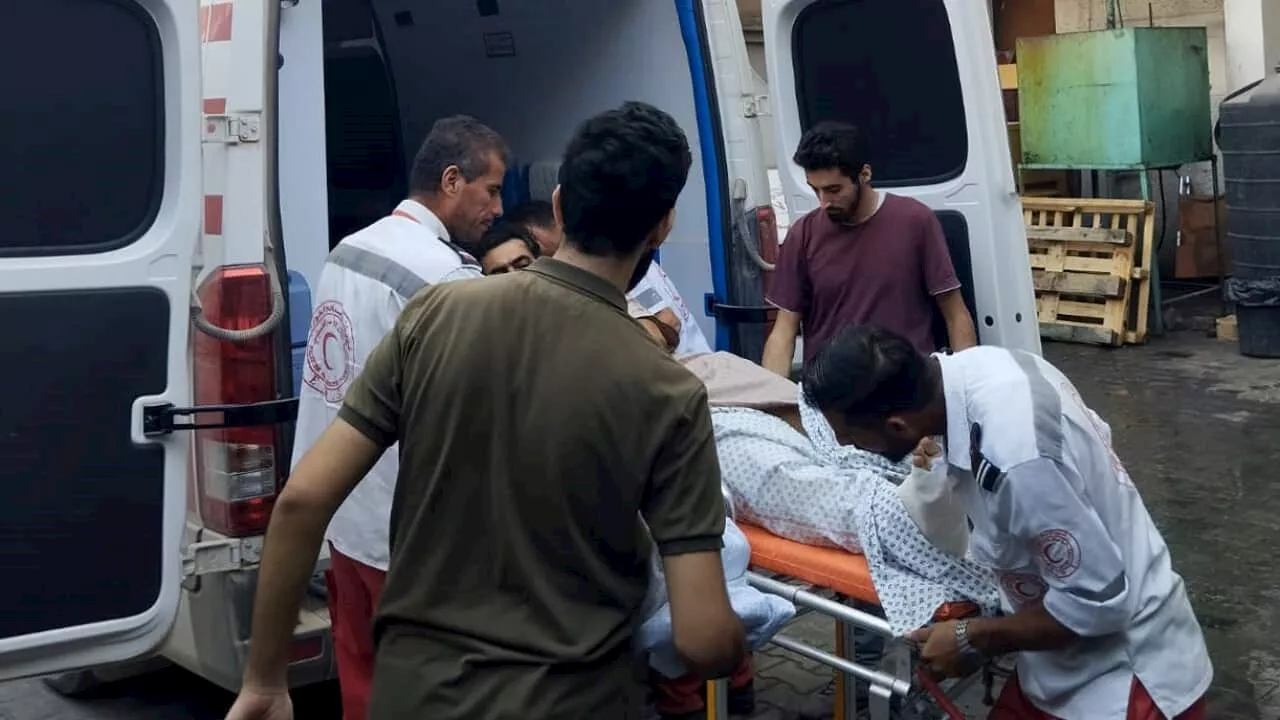 Israeli Troops Evacuate Indonesian Hospital in Northern GazaIsraeli troops forced the evacuation of the Indonesian Hospital in northern Gaza, displacing many patients who had to walk miles to reach another hospital in Gaza City. The Indonesian Hospital was one of the few partially functioning hospitals in the Gaza Strip, located in an area under intense Israeli military pressure for nearly three months. Israel claims its operation in the area is targeting Hamas militants, while Palestinians accuse Israel of seeking to depopulate northern Gaza to create a buffer zone.
Israeli Troops Evacuate Indonesian Hospital in Northern GazaIsraeli troops forced the evacuation of the Indonesian Hospital in northern Gaza, displacing many patients who had to walk miles to reach another hospital in Gaza City. The Indonesian Hospital was one of the few partially functioning hospitals in the Gaza Strip, located in an area under intense Israeli military pressure for nearly three months. Israel claims its operation in the area is targeting Hamas militants, while Palestinians accuse Israel of seeking to depopulate northern Gaza to create a buffer zone.
Read more »
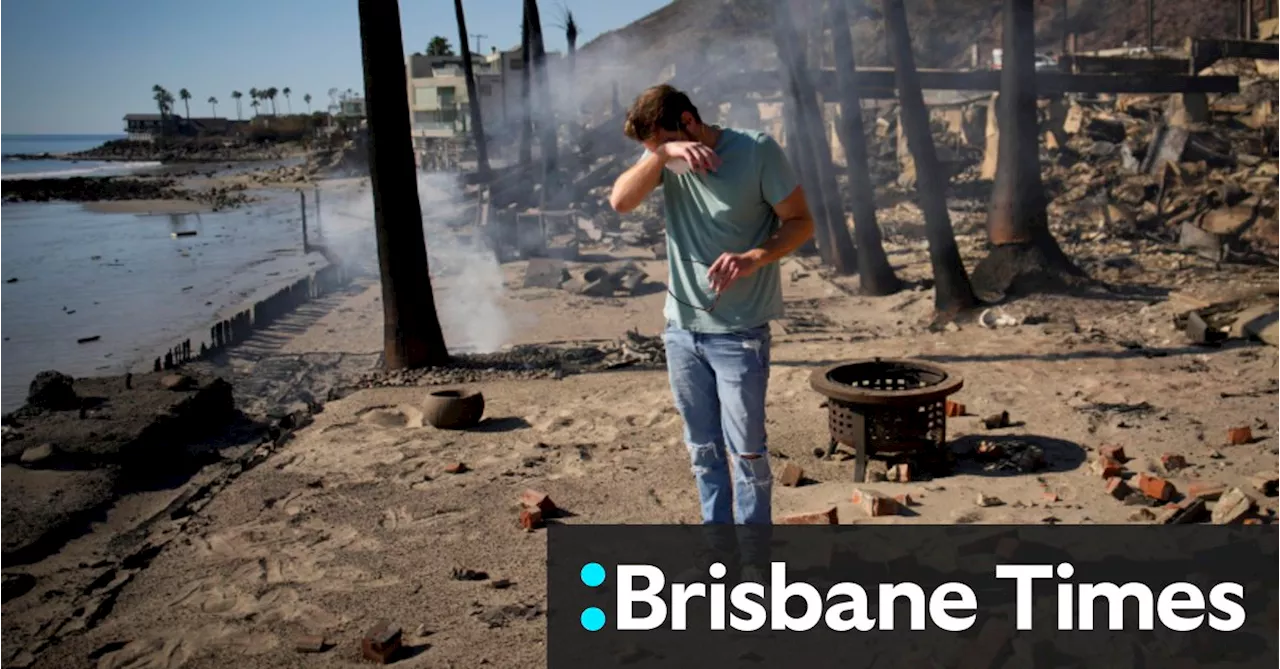 Los Angeles Wildfires Devastation: Residents Return to Smoldering RuinsThousands of residents return to Los Angeles neighborhoods ravaged by wildfires, facing the stark reality of their losses. The fires have destroyed thousands of homes and structures, claimed multiple lives, and left a trail of devastation across the city.
Los Angeles Wildfires Devastation: Residents Return to Smoldering RuinsThousands of residents return to Los Angeles neighborhoods ravaged by wildfires, facing the stark reality of their losses. The fires have destroyed thousands of homes and structures, claimed multiple lives, and left a trail of devastation across the city.
Read more »
 Tomic Bombs Out of Australian Open QualifyingBernard Tomic's Australian Open hopes were dashed in the first round of qualifying.
Tomic Bombs Out of Australian Open QualifyingBernard Tomic's Australian Open hopes were dashed in the first round of qualifying.
Read more »
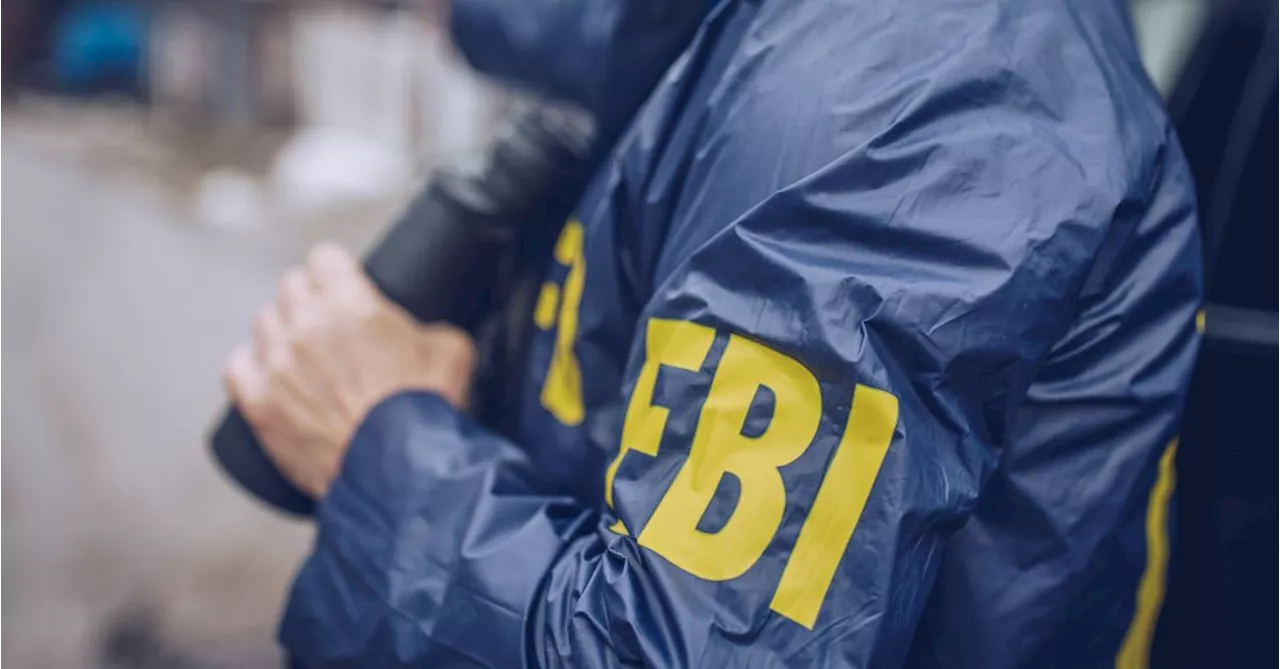 FBI Seizes Over 150 Pipe Bombs in Largest Ever Explosive Device BustThe FBI seized over 150 pipe bombs and other homemade explosives from the Virginia home of Brad Spafford in December, marking the largest seizure of its kind in FBI history. While prosecutors claim the devices pose a serious threat, defense attorneys argue there's no evidence Spafford intended to use them violently.
FBI Seizes Over 150 Pipe Bombs in Largest Ever Explosive Device BustThe FBI seized over 150 pipe bombs and other homemade explosives from the Virginia home of Brad Spafford in December, marking the largest seizure of its kind in FBI history. While prosecutors claim the devices pose a serious threat, defense attorneys argue there's no evidence Spafford intended to use them violently.
Read more »
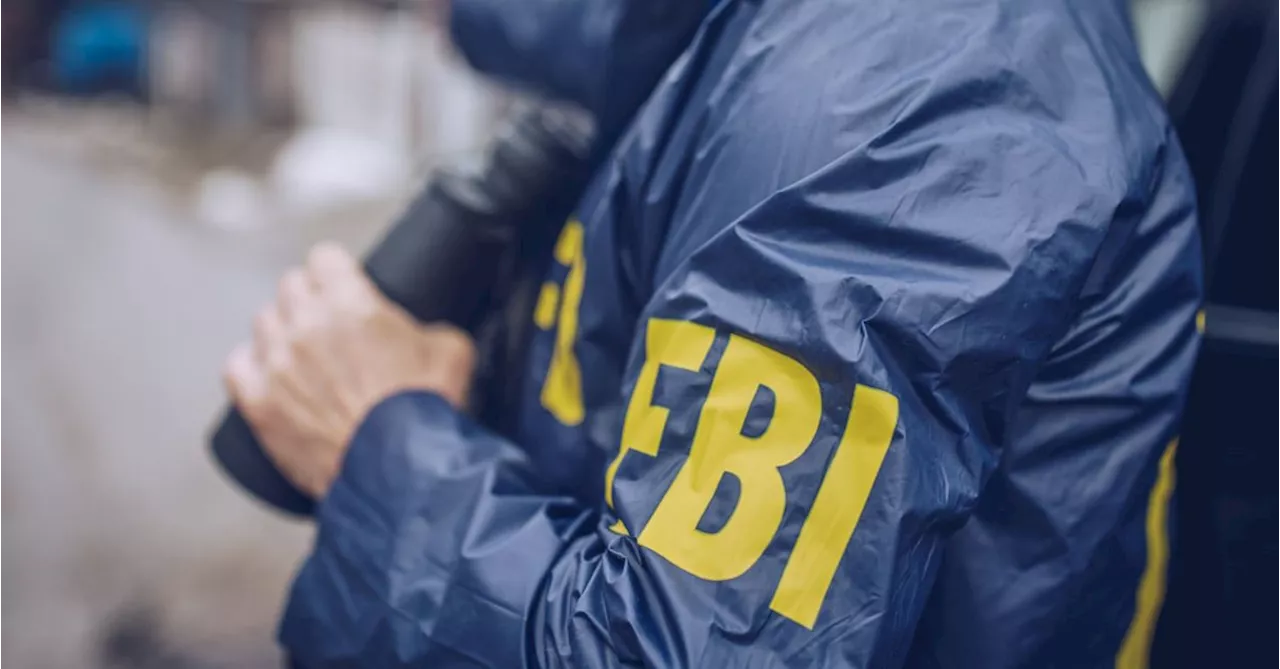 150 Pipe Bombs Seized in Largest FBI Explosive Device CaseOver 150 pipe bombs and homemade explosives were found in the Virginia home of Brad Spafford, marking the largest seizure of its kind in FBI history. While authorities allege Spafford intended to use the devices, his defense attorneys argue there is no evidence of a planned attack and question the functionality of the explosives.
150 Pipe Bombs Seized in Largest FBI Explosive Device CaseOver 150 pipe bombs and homemade explosives were found in the Virginia home of Brad Spafford, marking the largest seizure of its kind in FBI history. While authorities allege Spafford intended to use the devices, his defense attorneys argue there is no evidence of a planned attack and question the functionality of the explosives.
Read more »
 Drone Warfare: From WWII Buzz Bombs to Modern ConflictsThis article explores the evolution of drone warfare from the fearsome V1 flying bombs of World War II to their increasingly significant role in modern conflicts. It highlights the rapid advancements in drone technology, particularly in Ukraine and the Middle East, and the impact on global military strategies.
Drone Warfare: From WWII Buzz Bombs to Modern ConflictsThis article explores the evolution of drone warfare from the fearsome V1 flying bombs of World War II to their increasingly significant role in modern conflicts. It highlights the rapid advancements in drone technology, particularly in Ukraine and the Middle East, and the impact on global military strategies.
Read more »
